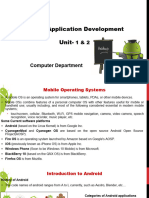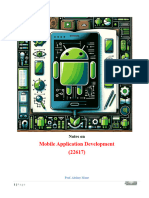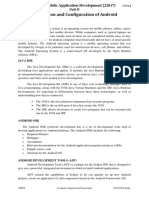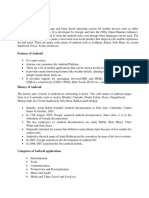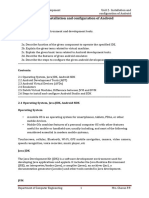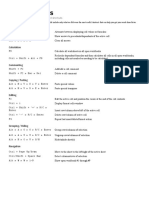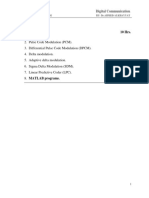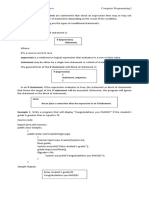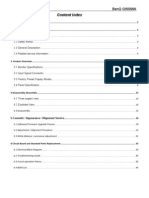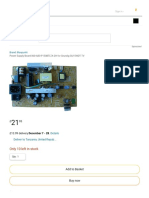0% found this document useful (0 votes)
17 views59 pagesAndroid
Android SDK-ADT-AVDs-Emulators
DVM-Difference between JVM and DVM
DDMS-Androidstudio environment-Android application components
Android software stack structure-Android manifest file -Toast
Views – Text view-EditText-Button etc.
Layouts-Constraint layout-Linear layout-Grid layout
Uploaded by
mariaCopyright
© © All Rights Reserved
We take content rights seriously. If you suspect this is your content, claim it here.
Available Formats
Download as PDF, TXT or read online on Scribd
0% found this document useful (0 votes)
17 views59 pagesAndroid
Android SDK-ADT-AVDs-Emulators
DVM-Difference between JVM and DVM
DDMS-Androidstudio environment-Android application components
Android software stack structure-Android manifest file -Toast
Views – Text view-EditText-Button etc.
Layouts-Constraint layout-Linear layout-Grid layout
Uploaded by
mariaCopyright
© © All Rights Reserved
We take content rights seriously. If you suspect this is your content, claim it here.
Available Formats
Download as PDF, TXT or read online on Scribd
/ 59







